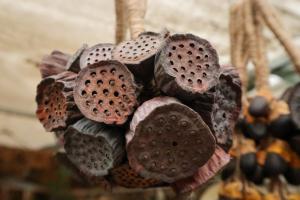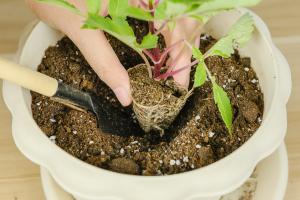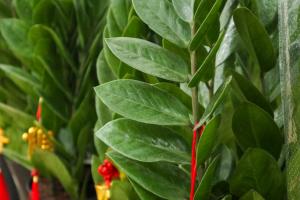How to Plant Douglas Fir Trees
If you are looking to add some greenery to your property or are planning a reforestation project, planting Douglas fir trees can be a great option. These fast-growing evergreens are native to western North America and can thrive in a wide range of soil types and climates. Here are some tips on how to successfully plant Douglas fir trees:
Choose a Planting Site
The first step in planting Douglas fir trees is to choose a suitable planting site. These trees thrive in areas with full sun exposure and well-draining soil. It is also important to select a site that is not prone to flooding, as excessive water can harm young trees. Additionally, avoid planting near power lines, buildings, or other structures that could interfere with the tree's growth over time.
Prepare the Soil
Before planting, it is important to prepare the soil properly to allow the young trees to root and grow successfully. Start by removing any weeds or rocks from the planting site. Next, loosen up the soil to a depth of at least 12 inches to allow for good drainage and root development. Finally, add organic matter such as compost or peat moss to enrich the soil and provide nutrients for the newly planted trees.
Plant the Trees
Now it's time to plant the Douglas fir trees. Dig a hole that is twice as wide as the diameter of the tree's root ball and roughly the same depth. Gently remove the tree from its container and loosen any tangled or matted roots. Place the tree in the hole, making sure that the top of the root ball is level with the surrounding soil. Fill in the hole with soil, taking care not to leave any air pockets around the roots that could dry them out. Finally, give the tree a good watering to help settle the soil and hydrate the roots.
Maintain the Trees
Once your Douglas fir trees are planted, it is important to maintain them properly to ensure their continued health and growth. Water the trees regularly, especially during dry spells, to keep the soil moist but not waterlogged. Apply a layer of mulch around the base of the tree to help retain moisture and prevent weeds from growing. Avoid using weed killers or chemical fertilizers as these can harm young trees. Finally, monitor the trees for any signs of pests, disease, or damage, and take appropriate action if needed.
Conclusion
Planting Douglas fir trees can be a rewarding experience that adds beauty, shade, and value to your property. By following these tips, you can ensure that your newly planted trees have the best chance of thriving and growing into healthy, mature specimens. Whether you are planting for landscaping or reforestation, these fast-growing evergreens are sure to be a great addition to any property.

 how many times do yo...
how many times do yo... how many planted tre...
how many planted tre... how many pine trees ...
how many pine trees ... how many pecan trees...
how many pecan trees... how many plants comp...
how many plants comp... how many plants can ...
how many plants can ... how many plants and ...
how many plants and ... how many pepper plan...
how many pepper plan...
































